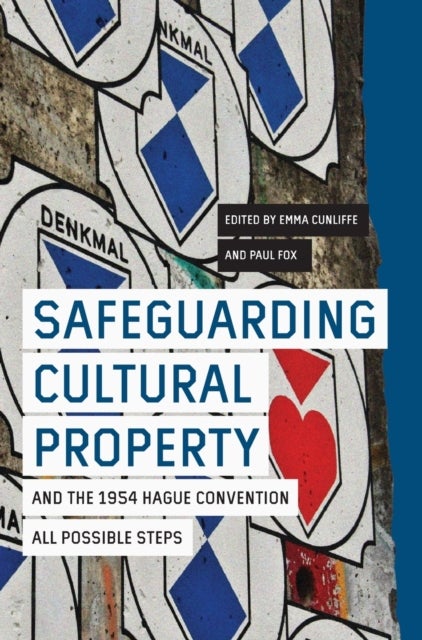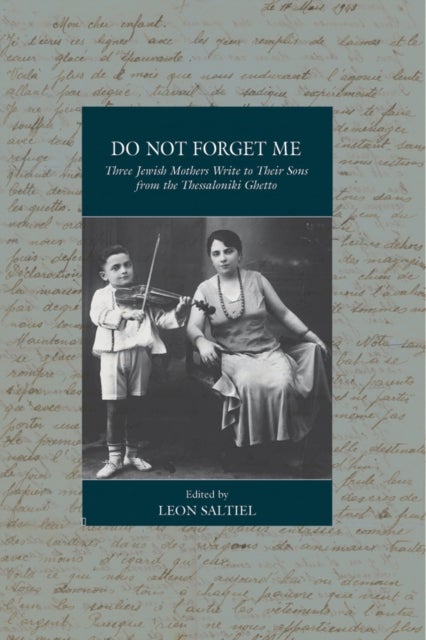
Safeguarding Cultural Property and the 1954 Hague Convention
1299,-
Significant attention today focusses on heritage destruction, but the key international laws prohibiting it - the 1954 Hague Convention for the Protection of Cultural Property in the Event of Armed Conflict and its First and Second Protocols (1954/1999) - lay out <i>two</i> core strands to limit the damage: the measures of respect for armed forces, and the safeguarding measures states parties should put in place in peacetime. This volume incorporates wide-ranging international perspectives from those in the academy, together with practitioner insights from the armed forces and heritage professionals, to explore the safeguarding regime. Its contributors consider such questions as whether state parties have truly taken "all possible steps", as the Convention tasks them; what we can learn from past practice, and how the Convention is implemented today; the implications of new trends in heritage law and management - such as the rise of the World Heritage Convention, and in the increasing f








